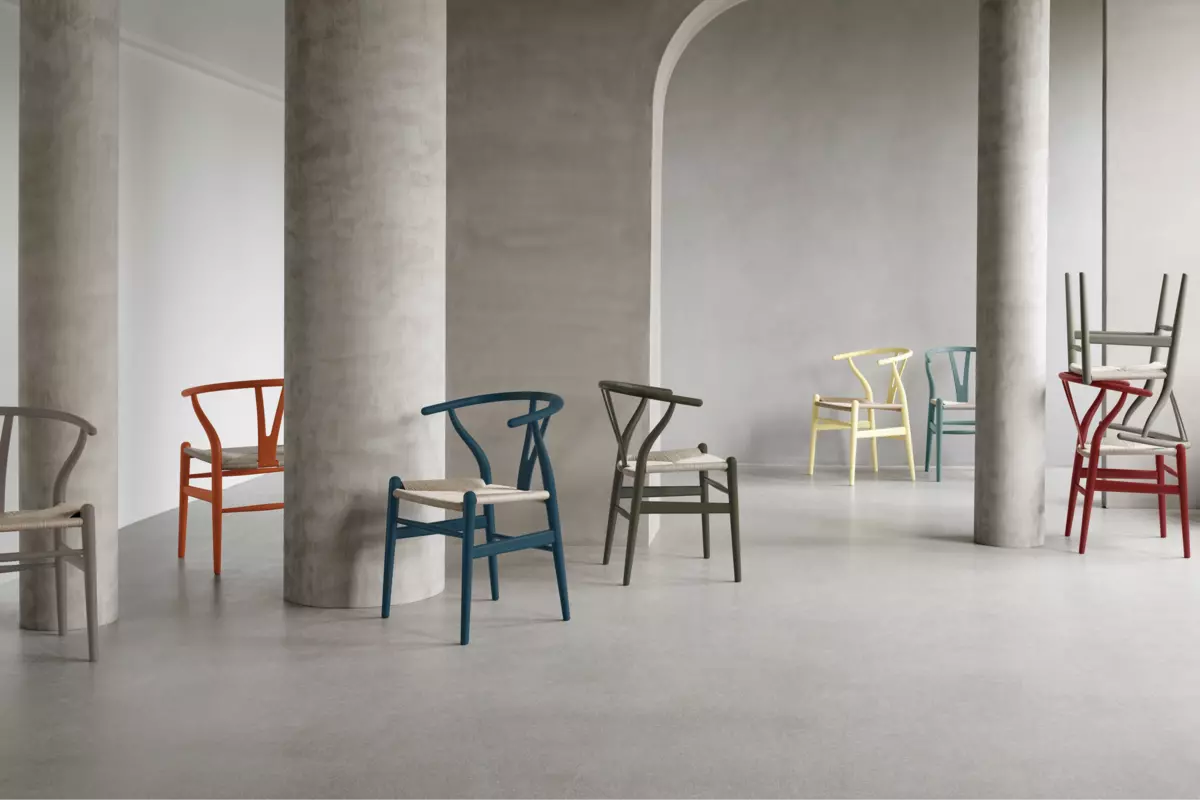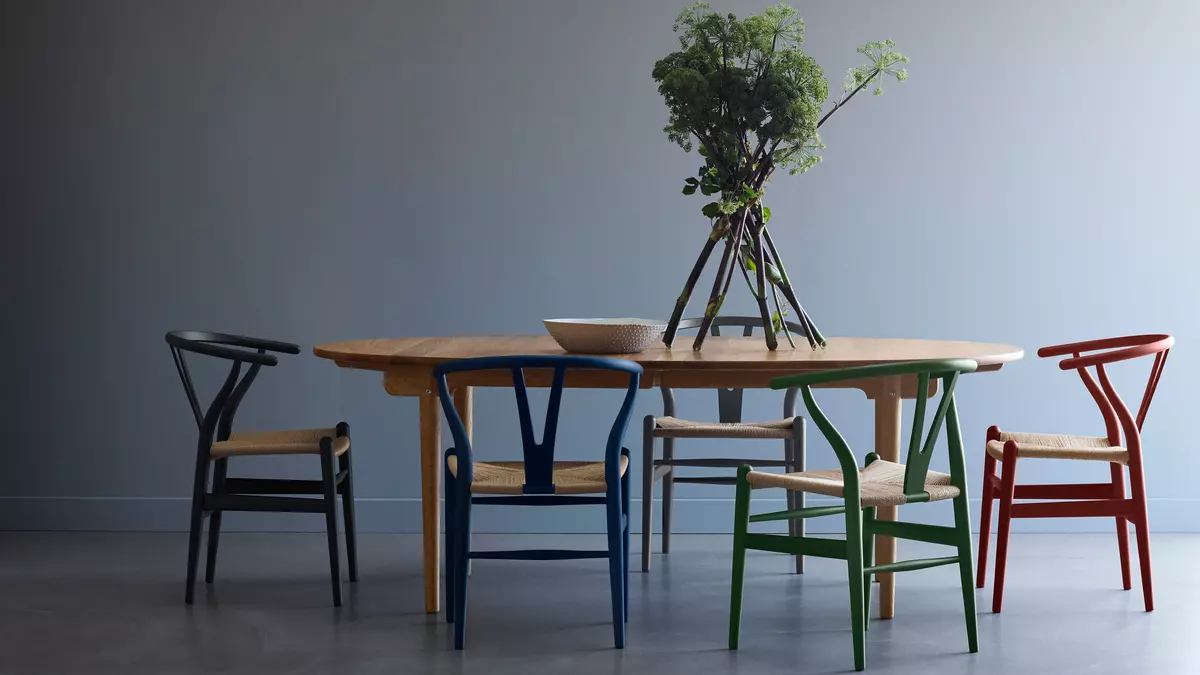 CH24 Wishbone Chair Ilse Crawford Collection by Hans J. Wegner for Carl Hansen
CH24 Wishbone Chair Ilse Crawford Collection by Hans J. Wegner for Carl Hansen
Imagine a chair that embodies simplicity, elegance, and craftsmanship, all in one exquisite design. Meet the CH24 Wishbone Chair, a timeless piece of furniture that has captured the hearts of design enthusiasts around the globe. Created by the renowned Danish designer Hans J. Wegner, this chair has become an iconic symbol of modern design. In this article, we delve into the remarkable journey of the Wishbone Chair, exploring its history, eco-friendly production, meticulous manufacturing process, and tips for authenticating this coveted piece.
History of the Wishbone Chair
In the mid-1940s, Hans J. Wegner embarked on a mission to create the "perfect" chair. Inspired by portraits of Danish merchants sitting on chairs from China, Wegner envisioned a design that combined Danish simplicity with the elegance of 17th-century horseshoe-back chairs. The result was the Wishbone Chair, a masterpiece that seamlessly blends form and function. Remarkably, the chair's design has remained unchanged since its introduction over 70 years ago.
 Hans J. Wegner
Hans J. Wegner
An Eco-Friendly Approach
Scandinavian values of sustainability and meticulous craftsmanship are at the core of the Wishbone Chair's production. Danish company Carl Hansen adheres to strict domestic and international regulations to ensure sustainable forestry practices. The ash, beech, and oak used to construct the chair are predominantly sourced from Denmark, contributing to reforestation efforts. Additionally, any leftover wood is repurposed or used as heating fuel, showcasing a commitment to minimizing waste.
The Meticulous Manufacturing Process
Crafted by master artisans in Carl Hansen's Aarup studio in central Denmark, each Wishbone Chair is a labor of love. With 14 ingeniously designed pieces that fit together seamlessly, the chair demonstrates Wegner's expertise as a cabinetmaker. The signature curved back and arms are created using steam-bending techniques, and the chair is assembled without any hardware, relying solely on clever engineering and a touch of glue. The paper cord used for the seat is meticulously hand-waxed and expertly woven for durability and comfort.
 CH24 Wishbone Chair Limited Edition Soft Colors by Hans J. Wegner for Carl Hansen
CH24 Wishbone Chair Limited Edition Soft Colors by Hans J. Wegner for Carl Hansen
How to Authenticate a Wishbone Chair
With its popularity, the Wishbone Chair has unfortunately become a target for cheap replicas. To ensure you're investing in the authentic design, there are a few key factors to consider. First, be wary of prices that seem too good to be true, as quality craftsmanship comes at a cost. Authentic Wishbone Chairs are handcrafted using premium materials, with no visible joinery or hardware. Knockoffs often feature saggy seats made of nylon and poorly joined wood scraps. Look for the Carl Hansen & Søn label beneath the main Y support or an aluminum tag with a serial number to guarantee authenticity.
Remember, a genuine Wishbone Chair will always stand the test of time, both in terms of construction and design. While imitation may offer a similar look, it can never replicate the beauty and durability of the original.
In conclusion, the CH24 Wishbone Chair is a marvel of artistry and design. From its rich history to its eco-friendly production and meticulous craftsmanship, every aspect of this chair exudes excellence. By authenticating your Wishbone Chair, you not only ensure its value but also support the continued production of exceptional designs. Choose quality, choose authenticity, and let the Wishbone Chair elevate your space with its iconic presence.

















